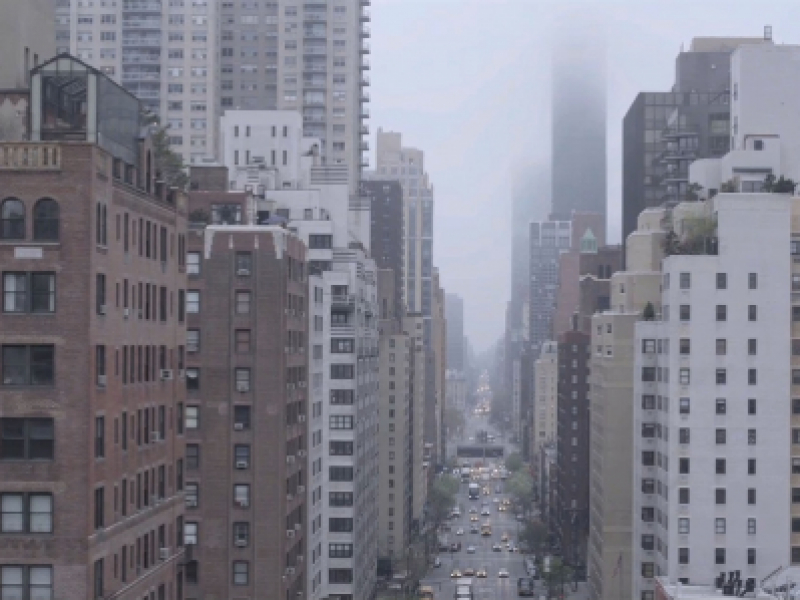We are delighted to welcome American moving image artist Erin Espelie to Waterlow Park for a screening of a selection of her short films. Espelie – who holds degrees in molecular and cellular biology – makes poetic films which deal with the representation of science and nature, as well as her personal observations of the natural world.
Espelie will also present her feature length documentary The Lanthanide Series the previous day Thursday 14 June at the Whitechapel Gallery.
Programme
Facts Told at Retail
2011, 9 minutes, Super 8 and 16mm to digital
In his introduction to the 1909 edition of The Golden Bowl, Henry James wrote, “My instinct appears repeatedly to have been that to arrive at the facts retailed and the figures introduced by the given help of some other conscious and confessed agent is essentially to find the whole business—that is, as I say, the effective interest—enriched by the way.” In this film, James acts as the confessed agent, and the glass through which every image is reflected or filtered takes on a kind of consciousness.
What Part of the Earth Is Inhabited
2010, 6 min, silent, Super8 to digital
“Plants, age-old rocks, algae, fungus, lizards, crabs, and other sea creatures pass before the camera, but for the presence of which we might imagine they have done so for eons quite indifferent to the curiosity and observations of the human race . . . [T]his film seems bent on humbling our conceptions of the world, reminding us of how much we will never see or know. “(Tony Pipolo)
Silent Springs
2011, 13 min Super8 and 16mm to digital
Try as we might, we cannot autopsy (from Greek, to see for oneself) the whole natural world. As diversity of life reduces, we further lose the ability to be amphibious (from Greek, to lead dual lives), to be above a surface and below, not to mention “achieving focus” in a single plane. Texts include A Treatise on Optics (1845) by David Brewster; Atlas of Nerve Cells (1896) by Moses Allen Starr; and The Microscope (1899) by Simon Henry Gage
True-Life Adventures
2014, 16 minutes, colour, sound, HD digital video
Using audio from early eponymous Disney films, this trilogy confounds traditional nature documentaries in its adherence to strict time and spatial limits, ratcheting up false expectations about wildlife behaviour.
The Sea Seeks Its Own Level
2014, 5 minutes, color, sound, Super 8 film mastered to digital
A journey from ice-capped mountains down to the Irish Sea.
视网膜 (A Net to Catch the Light)
2016, 9 minutes, color and B&W, sound, HD digital video & hand-processed 16mm (hi-con)
With a nod to Wallace Stevens (“the light is like a spider”), this piece contrasts digital imagery with hand-processed 16mm footage of an orb-weaver. It’s sonically charged with spider vibrations, the voice of Steve Jobs, and a compression of Mac/Apple computer start-up sounds from the 1980s to now.
With thanks to Gareth Evans and the Whitechapel Gallery.






